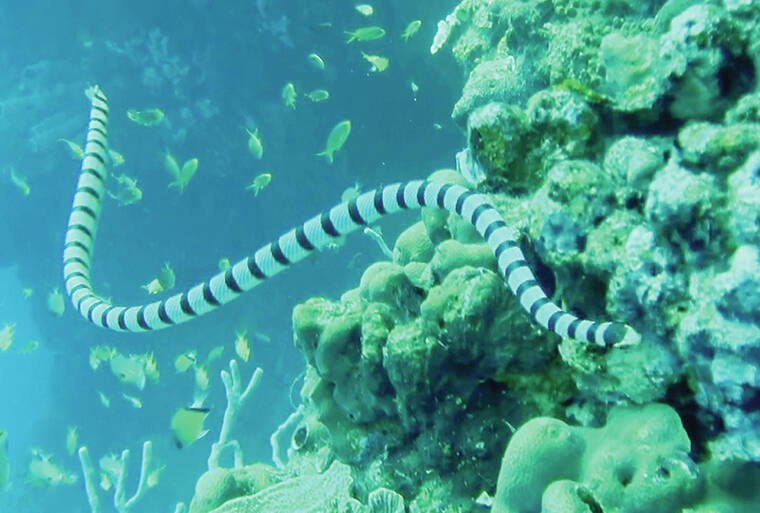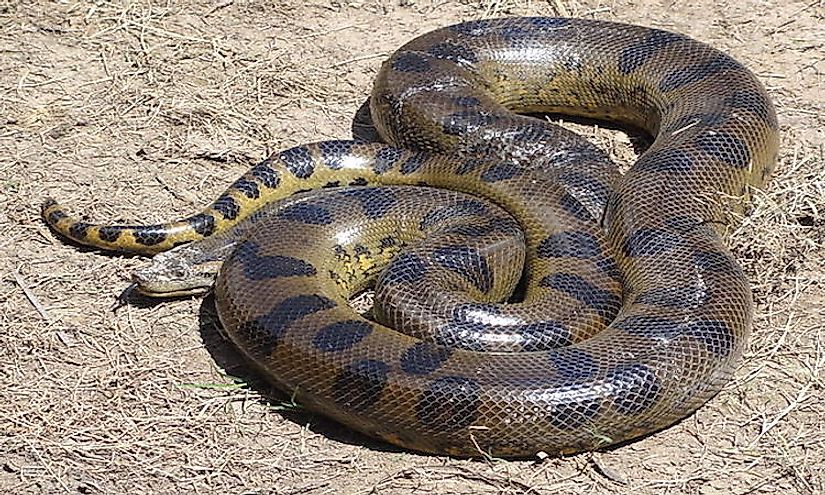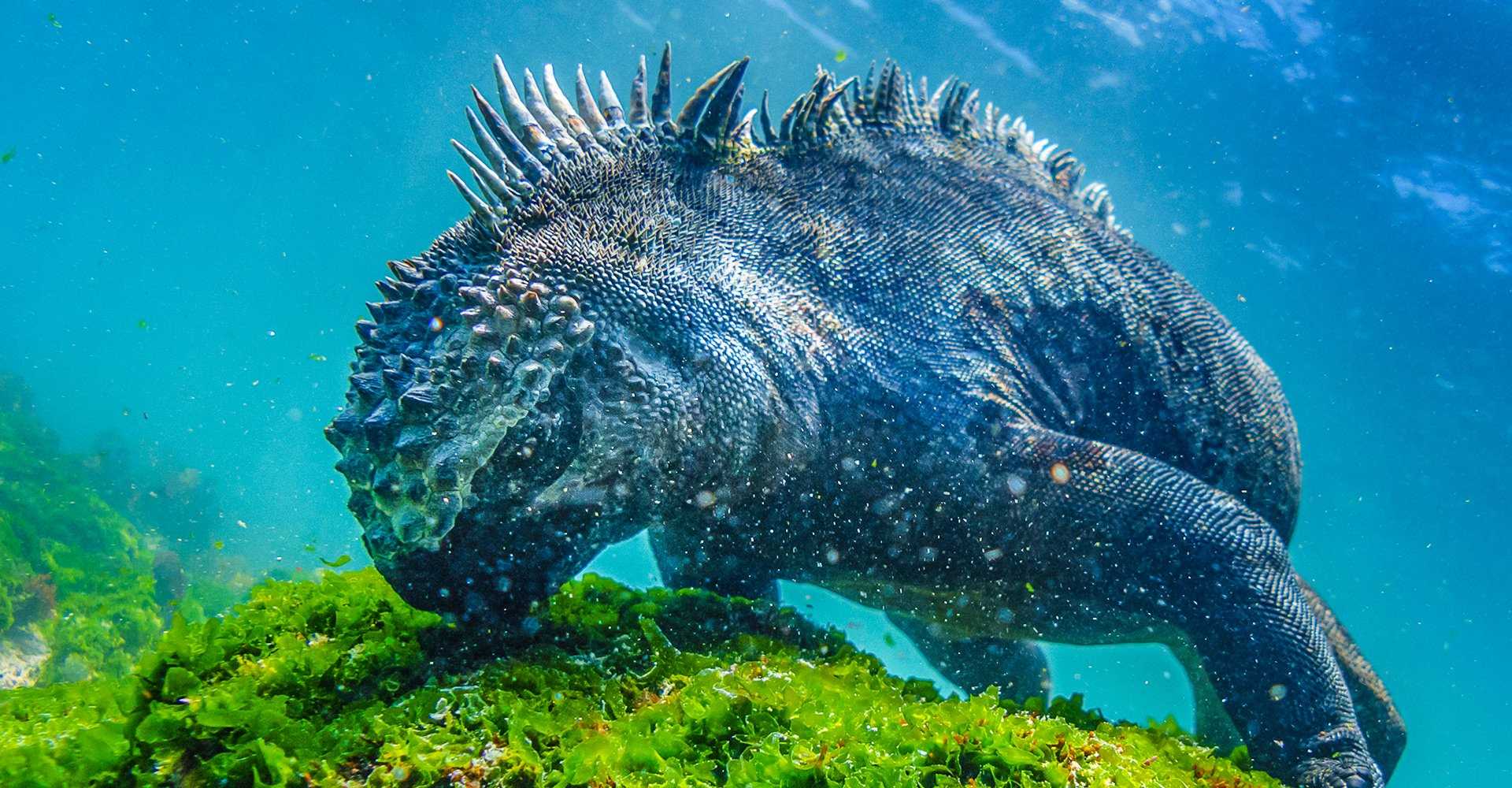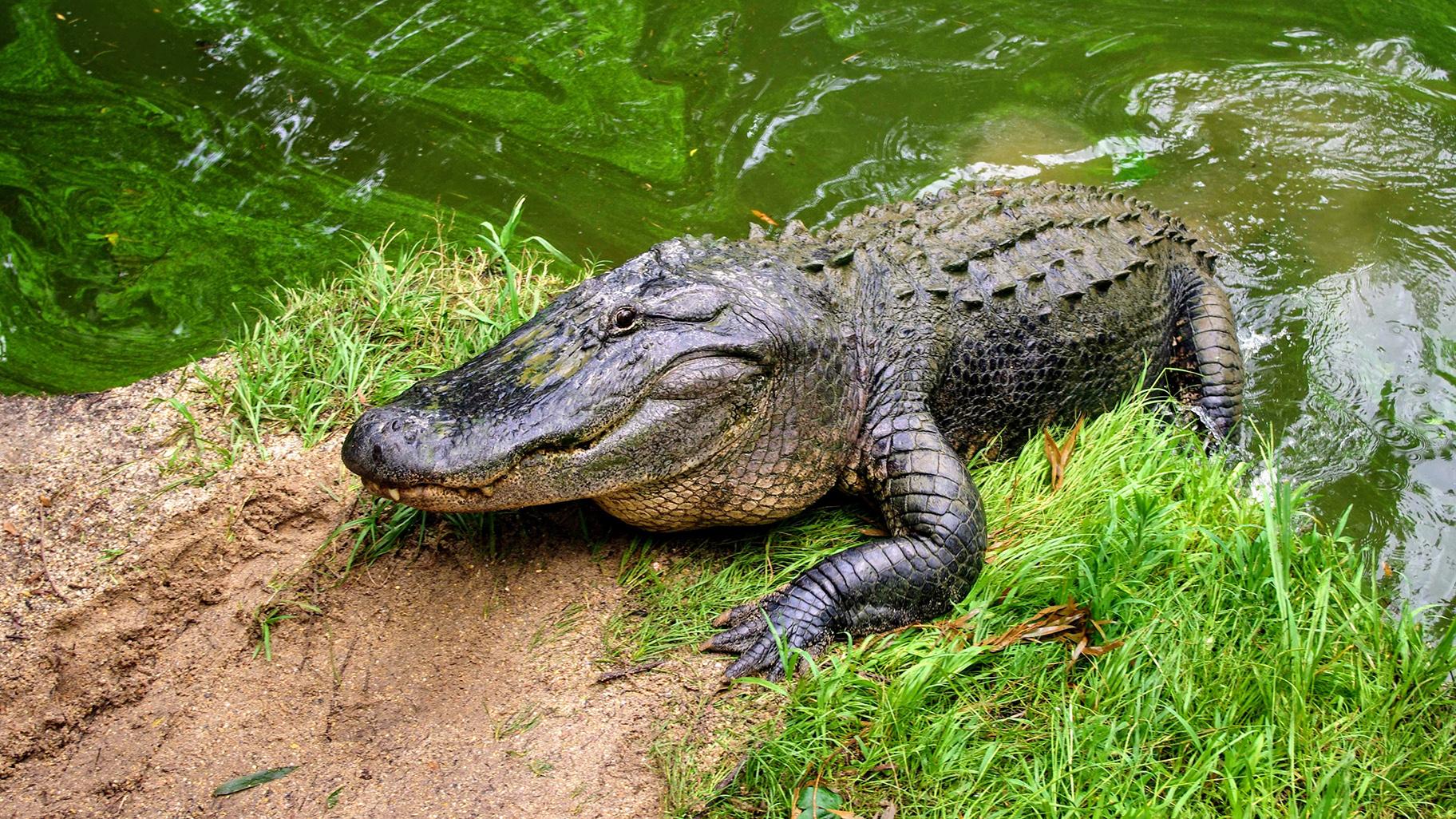Have you ever wondered how can reptiles swim? Many reptiles are good swimmers, despite what people may think. They have evolved unique abilities to thrive in water. From sea turtles to water monitors, we will explore the top swimming reptiles and how they adapt to aquatic environments. Let’s discover the secrets of these amazing creatures and learn about their impressive swimming skills!
Can All Reptiles Swim?
Not all reptiles are natural swimmers, but many can swim to some extent. For example, crocodiles and alligators are excellent swimmers and spend much of their time in the water. They use their powerful tails to propel themselves through the water with ease. Similarly, sea turtles are strong swimmers who can cover long ocean distances.
Some reptiles, like snakes and lizards, may need to be more proficient at swimming. While they can move through water if necessary, there are other methods of travel. Additionally, certain tortoises and turtles may struggle with swimming due to their heavy shells and limited mobility in water. Overall, while many reptiles have adapted to aquatic environments and are good swimmers, there is variation among different species in their ability to swim effectively.
How Do Reptiles Swim?
Reptiles can swim through a combination of body movements and their natural buoyancy. Many reptiles, such as turtles and crocodiles, have streamlined bodies that allow them to move efficiently through water. They use their limbs or tails to propel themselves forward while their bodies remain relatively flat to reduce resistance.
Reptiles can control their buoyancy by adjusting the air in their lungs or sacs. This allows them to stay afloat and maneuver underwater with ease. Some reptiles, like sea snakes, have adapted to a fully aquatic lifestyle and possess specialized traits for swimming, such as flattened tails for propulsion and valve-like nostrils that close when submerged.

Overall, reptiles’ ability to swim results from their unique anatomical features and behavioral adaptations that enable them to navigate through aquatic environments effectively.
Can Reptiles Swim Long Distances?
Yes, many reptiles are capable of swimming long distances. For example, some species of sea turtles are known to undertake long migrations across oceans. These turtles have adapted to life in the water and are well-suited for swimming over long distances. Similarly, certain species of snakes and crocodiles are also proficient swimmers and can cover significant distances in water.
Reptiles have evolved adaptations that allow them to swim effectively, such as streamlined bodies, powerful limbs or tails, and specialized respiratory systems. While not all reptiles are strong swimmers, those with aquatic lifestyles or who rely on water for migration or hunting can often cover long distances through swimming.
Can Reptiles Breathe Underwater?
Yes, some reptiles can breathe underwater. For example, sea turtles can stay submerged for long periods by slowing down their heart rate and relying on oxygen in their muscles. This allows them to hold their breath effectively underwater.
Similarly, certain species of snakes and lizards have developed adaptations that allow them to extract oxygen from water through specialized respiratory systems. These adaptations may include modified lung structures or the ability to absorb oxygen through their skin while submerged. Overall, while not all reptiles can breathe underwater, there are certainly some species that have evolved to do so to survive in aquatic environments.
Reptiles That Can Swim
Now that we understand how reptiles swim, let’s talk about some reptile species that can swim!
Snakes
Aquatic snakes demonstrate a unique adaptation for hunting and survival in their watery habitats, showcasing the diversity and complexity of reptiles that have evolved to thrive both on land and in water. Some the snakes that can swim in a water are given below:
Sea Snakes
Sea snakes, also known as hydrophiids, are highly venomous and spend their entire lives at sea, occasionally coming ashore to rest or lay eggs. These sleek serpents are perfectly designed for life in the ocean, with flattened tails for propulsion and valves in their nostrils that prevent water from entering while they hunt for fish and eels.

Water Snakes
Water snakes are a diverse group of non-venomous reptiles in freshwater habitats worldwide. Unlike sea snakes, these creatures are more versatile swimmers, using their powerful bodies to navigate through rivers, lakes, and swamps in search of prey. Often mistaken for dangerous species like cottonmouths or copperheads due to their similar appearance, water snakes play essential roles in maintaining ecological balance by controlling fish populations and serving as prey themselves to birds of prey and larger predatory species.
From tropical seas to murky wetlands, these swimming reptiles offer a mesmerizing glimpse into nature’s ingenious solutions for survival in some of Earth’s most challenging landscapes.
Cottonmouths (Water Moccasin)
The Cottonmouth, also known as the Water Moccasin, is a prime example of a snake adept at swimming and thrives in aquatic environments. With a distinct yellowish-brown coloring and venomous bite, these semi-aquatic snakes are commonly found near swamps, marshes, and rivers in the southeastern United States. Their ability to easily swim makes them formidable predators in their watery habitats.
Pythons
Pythons are renowned for their impressive swimming capabilities. These massive constrictors are proficient swimmers known to traverse rivers and bodies of water with surprising agility. Some species of pythons have adapted so well to aquatic life that they spend a significant amount of time submerged or cruising through waterways in search of prey. This underappreciated aspect of Python behavior highlights its versatility and adaptability within diverse ecosystems.
Anacondas
Anacondas are not only the largest snake species in the world, but they are also powerful swimmers. Their massive size and muscular bodies allow them to navigate through water easily, making them one of the most proficient aquatic reptiles. Unlike snakes that primarily inhabit land, anacondas spend a significant amount of time in or near water, using their swimming abilities to hunt for prey and escape predators.

The anaconda’s swimming prowess is attributed to its streamlined body shape and ability to hold its breath for extended periods. With their exceptional adaptability to aquatic environments, anacondas are a fascinating example of how certain snake species have evolved to excel in water-based ecosystems. This unique aspect of their behavior sheds light on the diverse capabilities and adaptations within the world of reptiles, challenging common misconceptions about these creatures’ limitations outside their natural habitats.
Lizards
Lizards are not typically known for their swimming abilities, but the lizards that swim are given below:
Asian Water Monitors
The Asian water monitor, also known as the Varanus salvator, is native to Southeast Asia and can often be found in freshwater habitats such as rivers, lakes, and swamps. With its streamlined body and powerful limbs, it navigates through the water with remarkable agility.
Mertens’ Water Monitors
The Mertens water monitor (Varanus mertensi) hails from northern Australia and is equally adept at swimming. Its long tail acts as a rudder while its webbed feet provide additional propulsion, allowing it to hunt for prey underwater efficiently. These lizards’ unique aquatic abilities showcase the diversity of adaptations found within the reptilian world and challenge our traditional understanding of what lizards are capable of. Observing these graceful creatures gliding through the water offers a new perspective on their captivating behaviors and highlights the fascinating intricacies of nature’s design.

Nile Monitors
Regarding lizards that can swim, the Nile Monitor is a fascinating reptile that showcases expert aquatic abilities. The Nile Monitor is a formidable swimmer, using its muscular tail and webbed feet to navigate through water easily. These lizards can often be observed gracefully gliding through the waterways of their native African habitats, displaying their impressive swimming prowess.
Chinese/Asian Water Dragons
The Chinese Asian Water Dragon also possesses remarkable swimming skills, making it a unique lizard species. Found primarily in Southeast Asia, these creatures are commonly seen basking along the banks of streams and rivers before effortlessly diving into the water for a swim. Their sleek bodies and powerful limbs enable them to move efficiently underwater, showcasing their adaptability to an aquatic lifestyle.
Marine Iguanas
Marine iguanas found in the Galapagos Islands are expert swimmers, venturing into the ocean to feed on algae and seaweed. At the same time, basilisk lizards exhibit a unique Jesus walk by running across the water using their specialized feet. These incredible abilities challenge our preconceived notions of what reptiles are capable of and highlight the diversity of life within the animal kingdom.

Basilisk Lizards
Another impressive swimmer among lizards is the basilisk lizard, commonly known as the Jesus Christ lizard, for its incredible ability to run on water. Found in Central and South America, these agile creatures use their webbed feet and powerful tails for efficient locomotion in water and land. Witnessing a basilisk lizard gliding effortlessly across the water’s surface showcases nature’s ingenuity.
Water Anoles
The world of reptiles is fascinating, with many species showing remarkable adaptations to their environment. One such group of reptiles is the water anoles, also known as swimming lizards. These amphibious creatures have evolved to be comfortable on land and in water, making them unique among reptiles.
Water anoles have specialized adaptations that allow them to thrive in aquatic environments. Their streamlined bodies and powerful tails enable them to navigate the water quickly. At the same time, their ability to hold their breath for extended periods allows them to hunt and escape predators underwater.
Turtles
Turtles are good swimmers, but not all types can swim well. Most turtles swim easily with their webbed feet and streamlined shells. But box turtles and tortoises prefer to stay on land. Some aquatic turtles have special adaptations for swimming in different water places.
Sea Turtles
Sea turtles are some of the most remarkable reptiles that can swim. These ancient creatures have adapted to life in the ocean with specialized flippers that allow them to move gracefully through the water. Sea turtles such as the loggerhead, green, and leatherback species are known for their long-distance migrations and unique nesting behaviors, making them both mysterious and captivating to researchers and nature enthusiasts alike.
Freshwater Turtles
Freshwater turtles also possess impressive swimming abilities. These resilient reptiles, found in rivers, lakes, and ponds across the globe, easily navigate through various aquatic environments. Freshwater turtle species like the red-eared slider and painted turtle demonstrate remarkable agility when gliding through their watery habitats. Their streamlined bodies and webbed feet enable them to maneuver underwater efficiently while foraging for food or seeking shelter.

Crocodilians
Crocodiles
In the realm of swimming prowess, crocodiles stand out for their remarkable endurance and prowess in open waters. These apex predators can gracefully maneuver through river systems and venturing into coastal marine environments. Their streamlined bodies enable them to maintain impressive speeds while hunting or traveling long distances, showcasing the unparalleled swimming abilities that have cemented their status as formidable aquatic hunters.
Alligators
Alligators excel in using their muscular bodies to navigate labyrinthine freshwater habitats such as swamps and marshes. Their distinctive broad snouts help them conserve energy while propelling themselves efficiently through murky waters—an evolutionary trait that sets them apart from their more aggressive counterparts. This specialized adaptation allows alligators to thrive in diverse aquatic ecosystems while upholding their status as skilled navigators within complex wetland environments.

Caimans
Caimans, commonly found in Central and South America, are well-adapted to life in the water. Their streamlined bodies and powerful tails enable them to move swiftly through rivers and marshes, making them formidable hunters.
Gharials
Gharials inhabit the murky waters of the Indian subcontinent, where they have evolved a distinctively long snout lined with sharp teeth—a perfect adaptation for catching fish in swift-moving rivers. Their slender bodies and webbed feet help propel them through the water with precision and efficiency. Unlike their more well-known cousins like crocodiles and alligators, caimans and gharials showcase how varied and specialized crocodilian species can be in their swimming abilities.
Final thoughts
Can reptiles swim? Many reptiles are good swimmers and have special features to live in water. Sea turtles and crocodiles are examples of reptiles that swim well. Knowing how different reptiles swim is important for protecting them and their habitats. By studying these creatures, we can understand their role in nature and help keep them safe for the future. We should work together to protect these amazing swimmers and their homes.